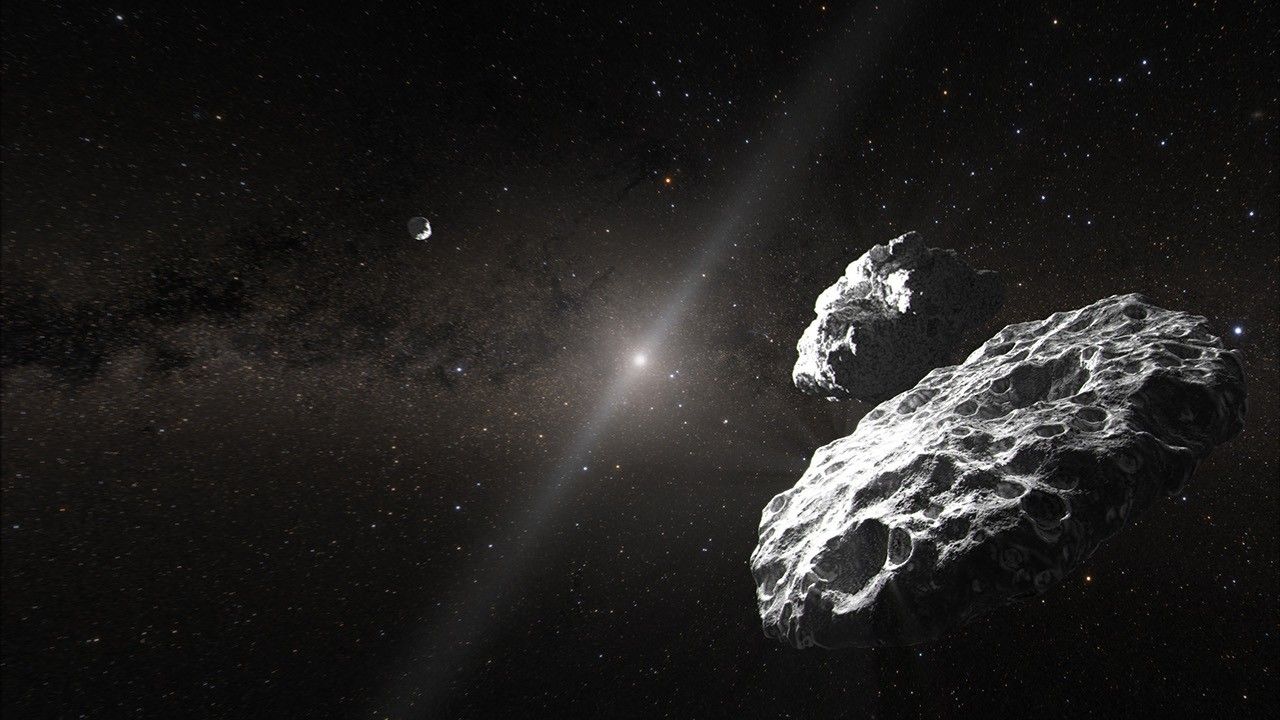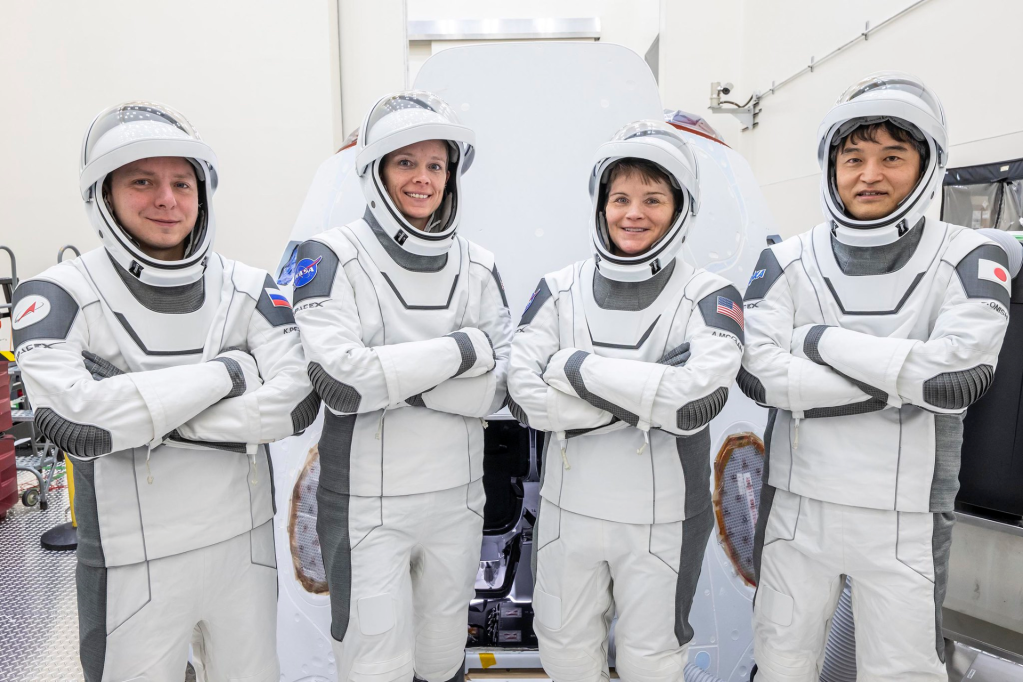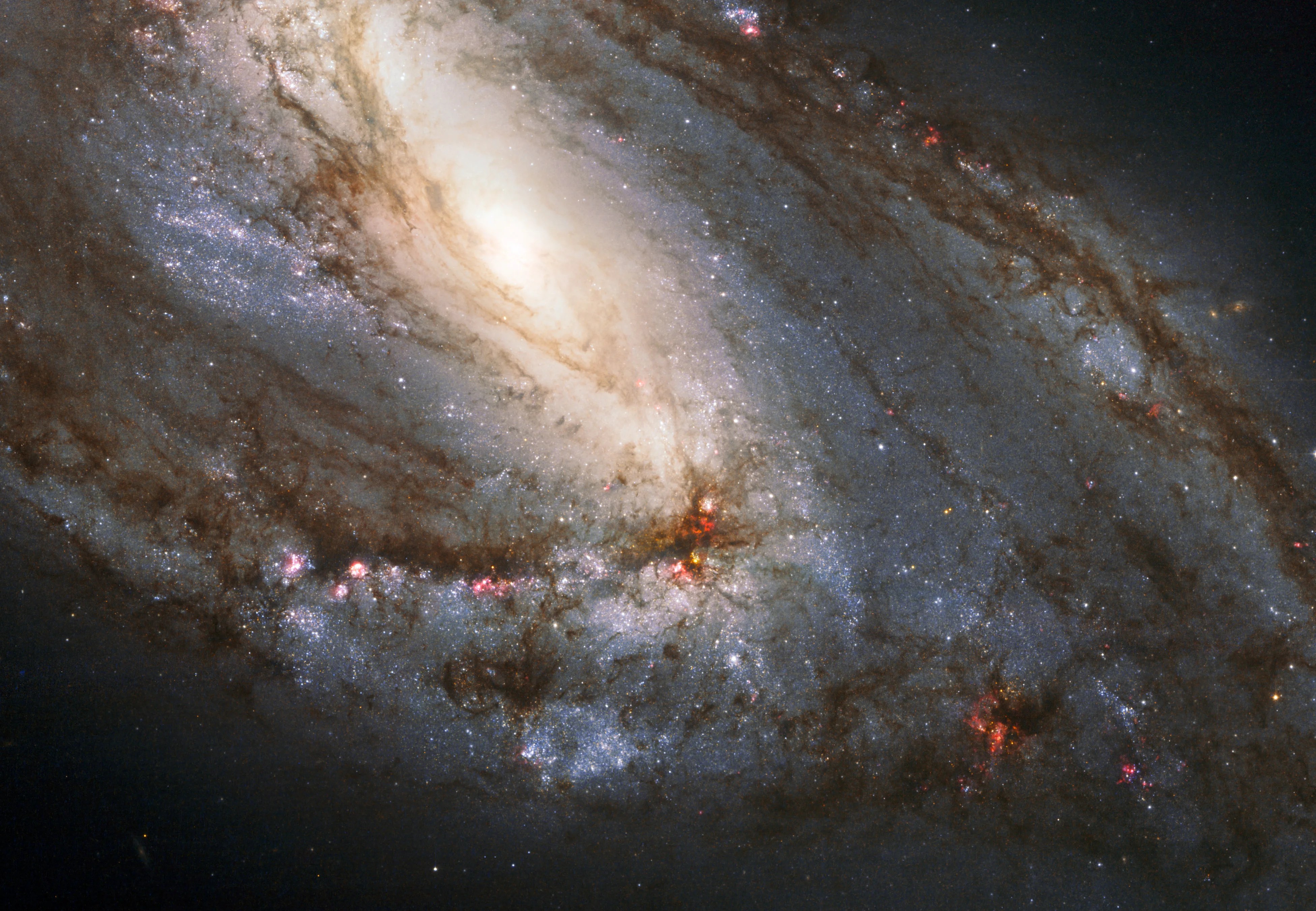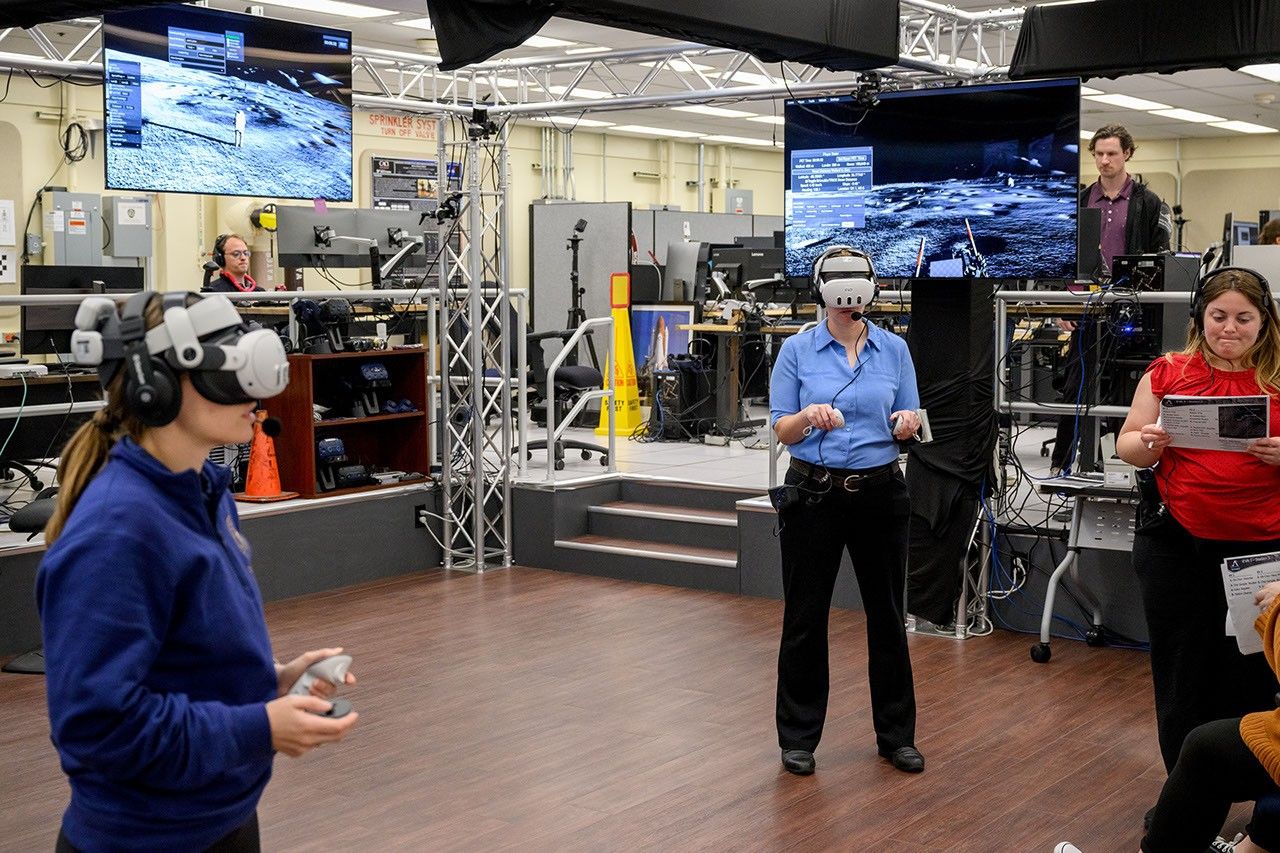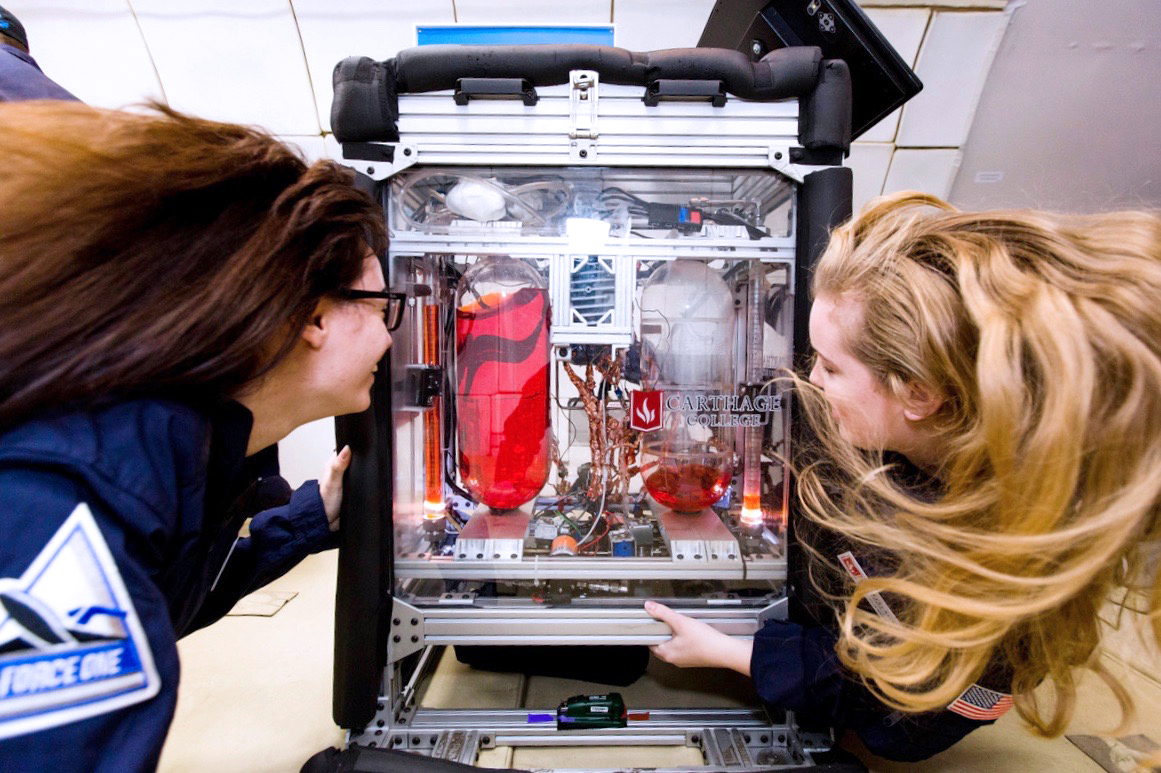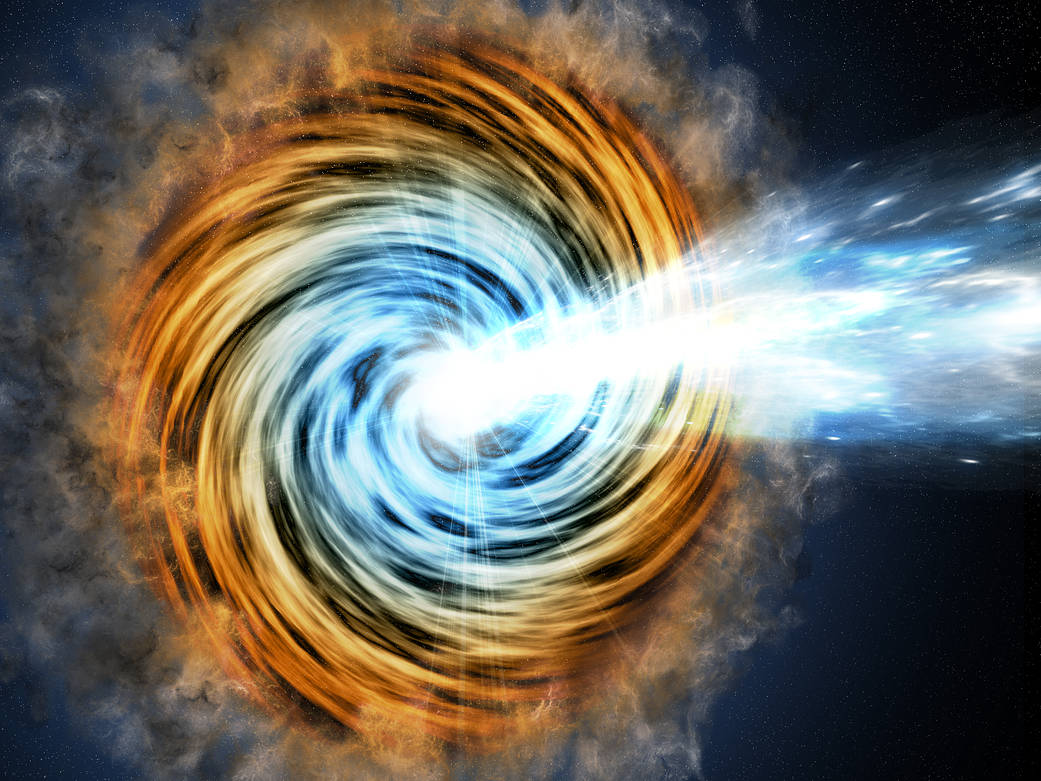Brian Smith
University of Oregon
Many quantum-enhanced technologies such as networked quantum computing, quantum-enhanced sensor arrays, and enhanced communication protocols rely on the distribution of quantum entanglement – an underpinning resource for most quantum technologies. A satellite-based source of entangled photons can be used to distribute entanglement to ground-based receivers. To realize a high rate of entanglement distribution in such a scheme there are several challenges that must be overcome, including realization of a high-rate entangled photon-pair source compatible with space-based environment, synchronization between source and receiver, channel loss, and reduction of background noise especially during daylight flyovers. Here we take a systems approach to design both the source and receiver to optimize the entanglement distribution rate. This is done by using temporal modes of light to encode information and matching the temporal modes of the transmitter-receiver pair. A key innovation here that makes this possible is the use of a coherent temporal-mode filter, the ‘quantum pulse gate,’ at the receiver. The matched source and receiver will be realized through careful design, fabrication and testing of thin-film lithium niobate devices and deployed as a transmitter-receiver system in the laboratory.


